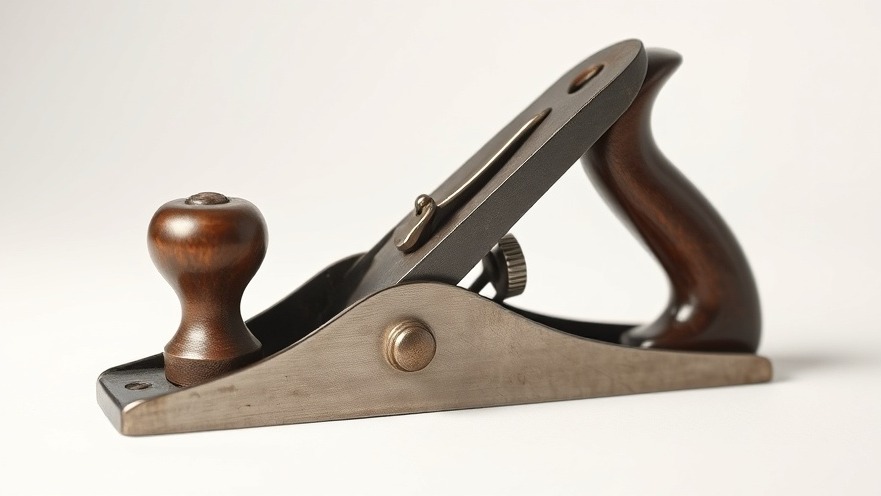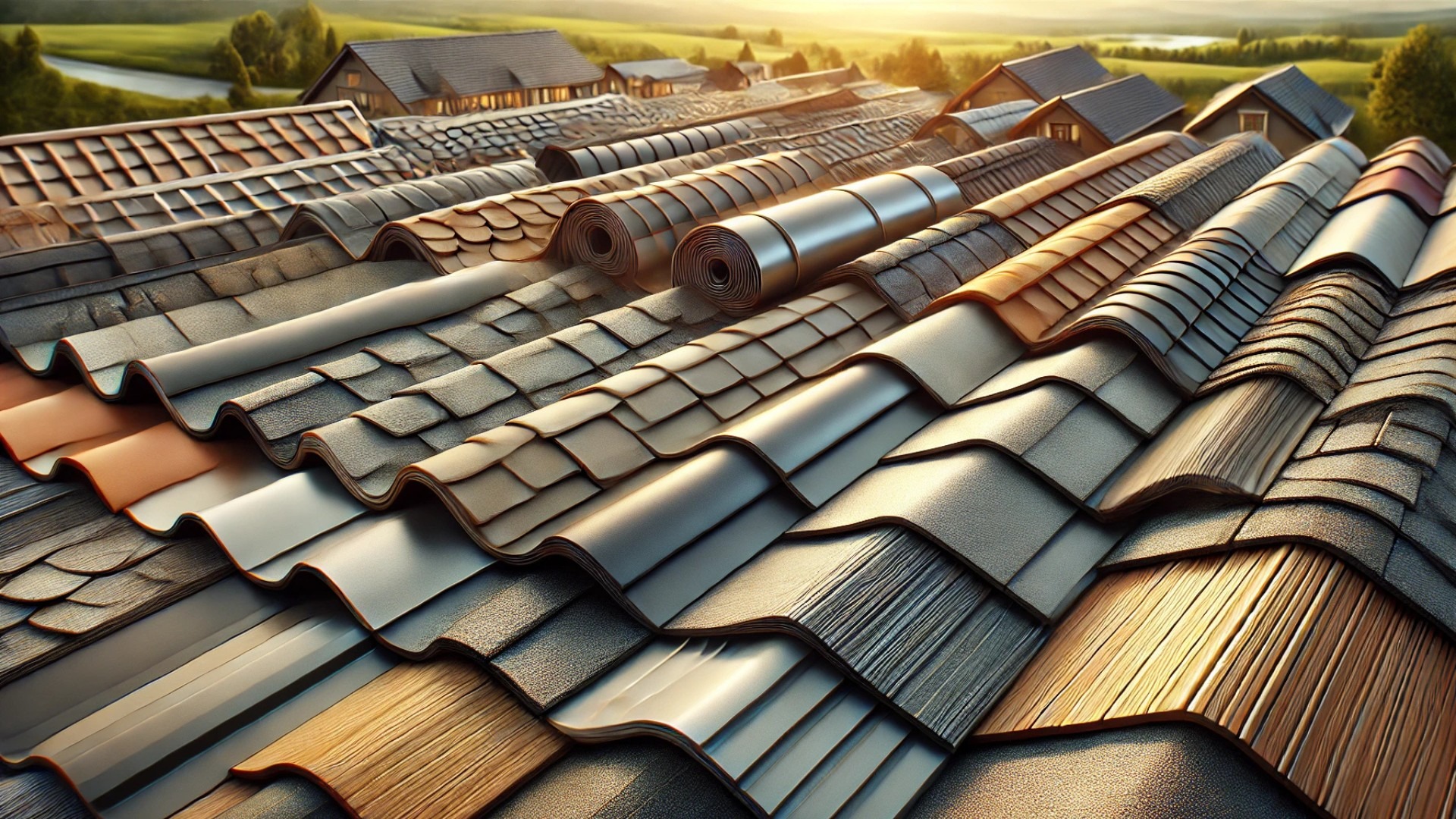
Why Your Grandfather's Tools Outshine Modern Options
As we stroll through our attics or tool sheds, a charming journey awaits us in the form of vintage tools, whispering stories of durability and craftsmanship that starkly contrast with what we find today in stores. Have you ever picked up your grandfather's old hammer and felt the weight of history in your hand? Unlike contemporary tools that often fall short in performance and longevity, these relics continue to work as well as they did decades ago.
The Downfall of Quality Manufacturing
Take a closer look at the tools that once shaped our homes and lives. In 1962, Stanley Works made headlines by launching their "Handyman" line, proclaiming affordability and quality. However, what they concealed was the gradual decline in the quality of their tool manufacturing. The infamous transition to lower-grade steel and automation marked a decline in craftsmanship that today's consumers are starting to notice painfully. Notably, vintage tools often use high-carbon steels that boast rock-solid durability, while modern counterparts skimp on these essential qualities, prioritizing rapid production over longevity.
Price vs. Value: Modern Misconceptions
Many might ask, why do these vintage tools maintain such a high perceived value? Let's break down the economics. Data from historical catalogs paints an interesting picture. A pre-1950 Stanley Bailey No. 5 hand plane, which could be found for $5.79 in 1924 ($98.45 in today's prices), outlasts and performs better than a modern equivalent, which costs between $65 to $85 with a manufacturer's warranty of just one year. This illustrates not only a vast difference in legacy but also showcases how investing in quality craftsmanship can pay dividends over time.
Revisiting Old Quality: Modern Choices
Fortunately, the vintage movement is rekindling appreciation for expert craftsmanship. Companies like Lie-Nielsen Toolworks create modern tools that rival their antique counterparts in quality by returning to traditional materials like high-carbon steel. This shift offers a glimmer of hope to those wanting tools that not only serve your immediate needs but can also be passed down generations.
Caring for Your Vintage Tools
Not every vintage tool is a museum piece; many need adept hands to rejuvenate them. If you find an old hand plane or chisel, a quick restoration can revive it for another century of work. Several enthusiasts and artisans passionately document their restoration processes, offering insights through platforms like YouTube and woodworking forums. Learning the art of maintaining vintage tools can transform your DIY projects from ordinary to extraordinary, breathing life into what was once thought lost.
Conclusion: Invest in Quality Craftsmanship
As you evaluate your tool collection, lean toward pieces that embody the spirit of craftsmanship and endurance. Your grandfather's hammer isn't just a tool; it's a testament to quality that modern society often overlooks. So why settle for less when excellence still exists? Take time to explore what vintage tools have to offer, or even consider investing in high-quality modern versions that reflect the integrity of old.
 Add Row
Add Row  Add
Add 

 Add Row
Add Row  Add Element
Add Element 




Write A Comment